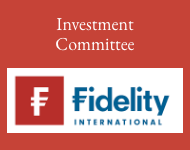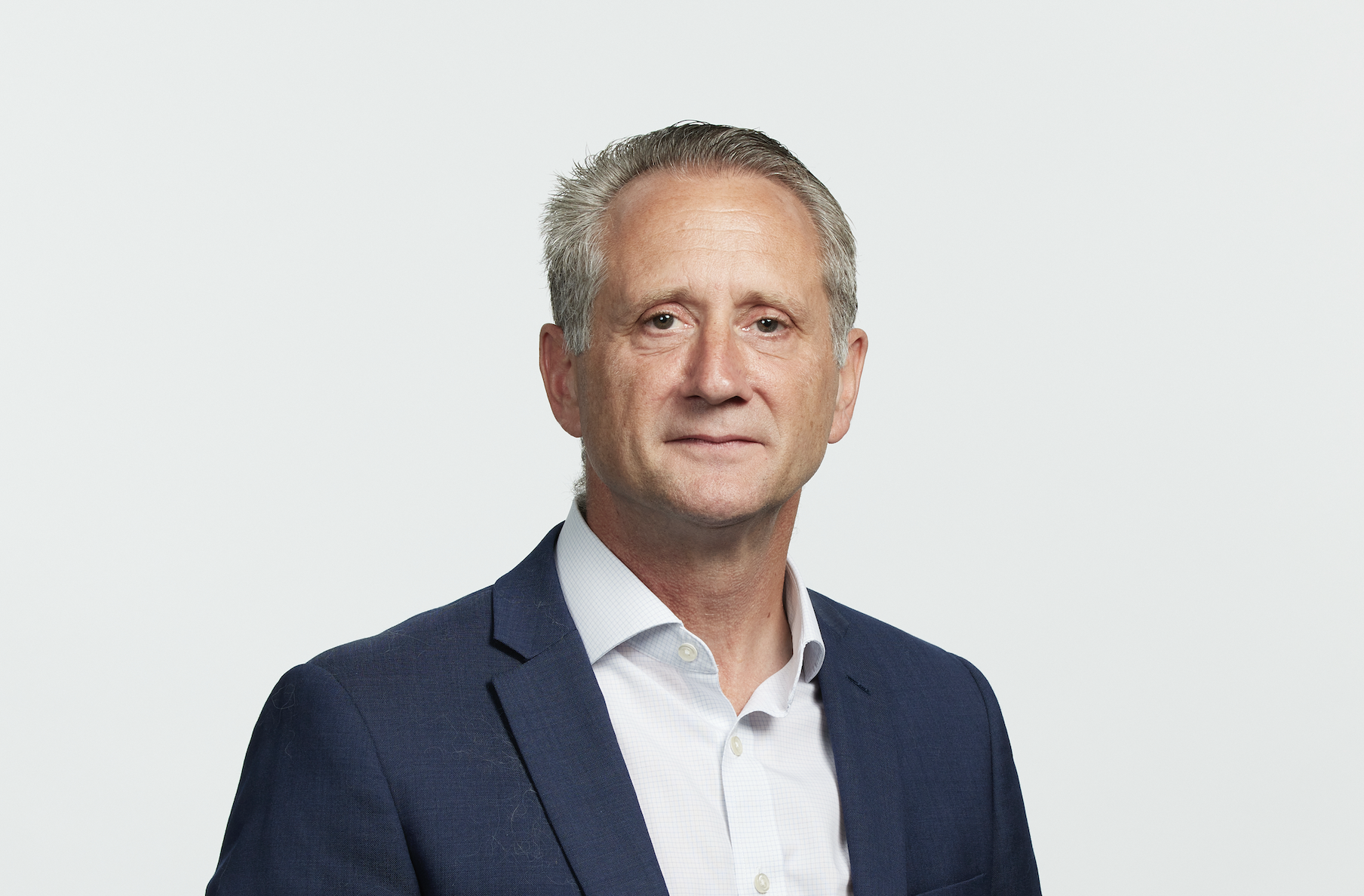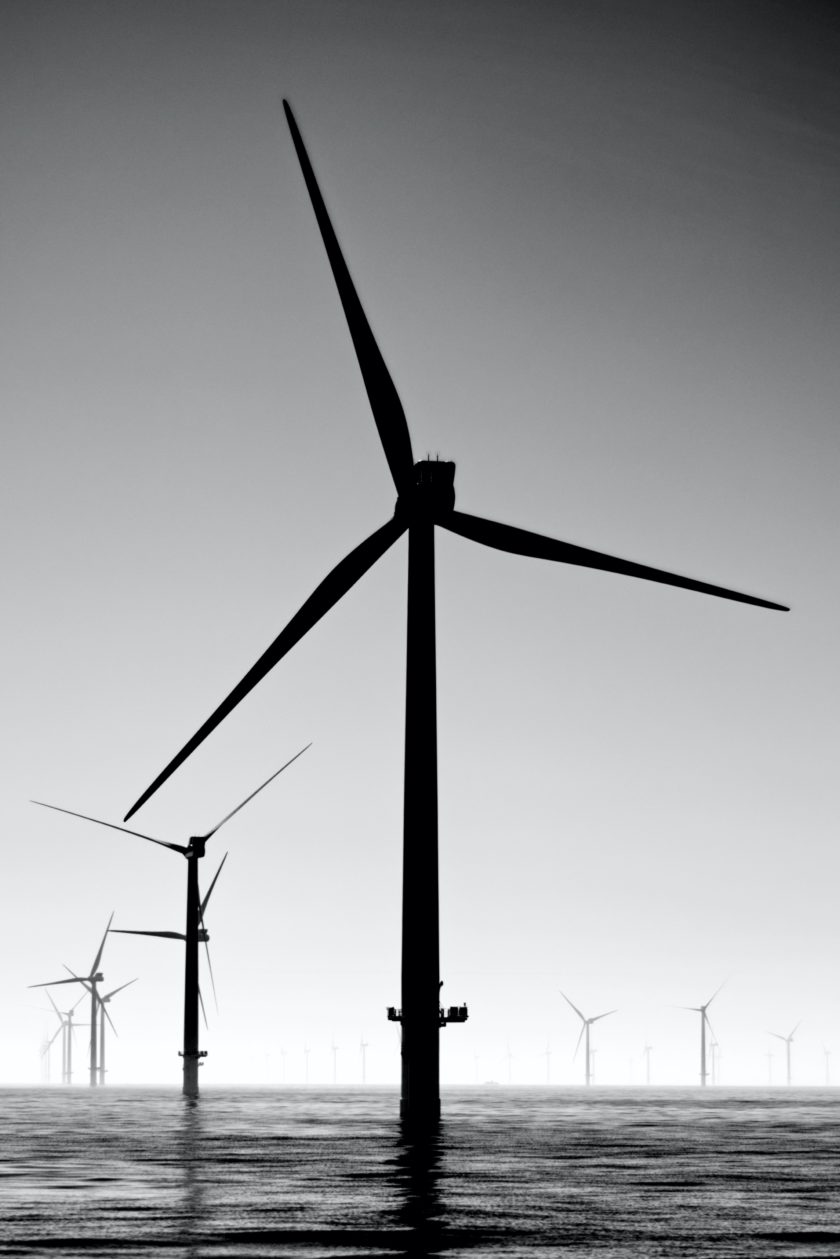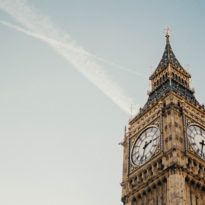With COP27 in full flow in Egypt, the Association of Investment Companies spoke to a number of renewable energy investment experts on how companies can help mitigate global climate change and why further investment is crucial.
The International Energy Agency expects close to $40 trillion of investment in sustainable energy infrastructure is needed between 2020 and 2040 to fund the transition to net zero.
However, experts agree that current funding is lacking.
Michael Sieg, co-manager of ThomasLloyd Energy Impact Trust, says: “Asia is the world’s largest and fastest growing consumer of energy, 85% of which comes from fossil fuels. As a result, carbon emissions in Asia exceed those of Europe and North America combined, a fact that is a key focus of COP27.
“Providing sustainable and reliable energy in the region should be the number one priority for anyone looking to tackle climate change. Across our initial target markets of India, Philippines, Vietnam, Bangladesh, Indonesia and Sri Lanka there is an estimated $10 trillion funding shortfall for infrastructure investment. Private capital must play a critical role in closing this funding gap.”
Ross Driver, co-lead fund manager of Foresight Solar Fund, says: “Quite simply the UK will not meet its legally binding commitments to reach net zero unless it encourages significantly increased investment both in renewable generation and in enabling technology. Ideally, this should be via a balanced mix of generation that is complementary – solar, wind, bioenergy – rather than putting all the eggs in one basket.”
Potential price cap
The UK government is looking at imposing a revenue cap on renewable generators, which could limit the profits operators are making as a result of soaring electricity market prices.
Driver says: “The renewable investment industry fully recognises that it certainly has a part to play in contributing its fair share in these extraordinary times. But at the moment there is no certainty at all on what form this will now take and that’s not helping anyone. After the possibility of windfall taxes, voluntary CfDs, and price caps, we now appear to have gone back to the start under the current administration.
“The UK has historically been one of the most attractive markets to invest in given its stability and investor-friendly credentials. Sadly, since May 2022 uncertainty has reigned in terms of UK government policy that risks becoming very damaging to inward investment unless a fair risk/reward environment can be restored.”
Jonathan Maxwell, manager of SDCL Energy Efficiency Income, warns that putting a cap on revenues of renewable and nuclear electricity generators in isolation will not help to solve the fundamental challenges currently facing the energy markets.
Maxwell comments: “While a cap on the pricing of clean energy might appear to provide some short-term relief in an environment characterised by high energy costs, it may also act as a deterrent on investment into one of the key long-term solutions to the energy crisis.
“Governments should be focusing policy on the cleanest and cheapest forms of energy generation and saving, while continuing to support reductions in greenhouse gases. Policymakers must grasp the potential and very real attractions of energy efficiency and make it a priority.”
Jonathan Hick, fund manager of Triple Point Energy Transition agrees that while the proposed revenue cap will have short-term benefits, the medium and long-term implications could be far more wide-reaching. According to Hick, the cap would limit revenues at levels significantly below investor expectations at the time of their investment.
Hick says: “With such a cap on revenue for such a long period of time, and with special allowance for the oil and gas industry, there is a real risk of investors being disincentivised to put their capital into the renewable energy sector at a time when large-scale private capital investment is needed most.”
Future opportunities
Sieg says Vietnam, which has experienced rapid industrialisation in recent years, is an exciting prospect for the firm.
Sieg comments: “Vietnam is a highly attractive market and has experienced rapid growth and industrialisation in recent years which has led to a three-fold increase in the country’s electricity consumption.
“The country surpassed Thailand in 2019 to have the greatest installed solar power capacity of the Association of Southeast Asian Nations. It skyrocketed from a mere 105MW in 2018 to 16,660MW in 2020, far exceeding government targets. Nevertheless, the World Bank has estimated the country will need a further $12-14 billion annually for its energy transition.”
Tom Williams, manager of Downing Renewables and Infrastructure, says: “Northern Europe is certainly somewhere we are seeing opportunities but given that incremental renewable energy generation installations have increased in almost all countries, it would be narrow-minded to restrict our portfolio by geography. The same goes for renewable type, where we are seeing a plethora of possibilities to further diversify our portfolio, not least in adding more hydro power.”
Meanwhile, Richard Lum, co-manager of VH Global Sustainable Energy Opportunities, believes electrification will be a key theme in the development of the energy market over the long term.
According to Lum: “The ability of market participants to facilitate a greater penetration of renewable power generation as a percentage of this mix will be key, and that will be best enabled by investment in areas such as energy storage, and energy efficiency schemes.”
Experts agree that against a background of high and rising energy prices during the past year, and particularly in the wake of the Russia-Ukraine war, energy efficiency has become more valuable than ever before.
Maxwell says: “Most of the public will be shocked to learn that we waste two-thirds of the world’s energy. However, energy efficiency measures can be introduced rapidly to deliver immediate benefits. This is a real advantage now, and especially when other renewable energy sources can take years to develop.”
Williams adds: “Our outlook for the sector looks good, with a strong number of investment opportunities knocking at our door. It is important to remain disciplined when selecting investments, especially given the capital-intensive nature of renewables, and the resultant need to ensure interest rate exposure is hedged and leverage maintained at levels which are appropriate for the long term.
“Power prices are at high levels, which is obviously positive for us. However, it is essential to retain a realistic outlook on long-term power prices, especially given that they are expected to become more variable.”




































